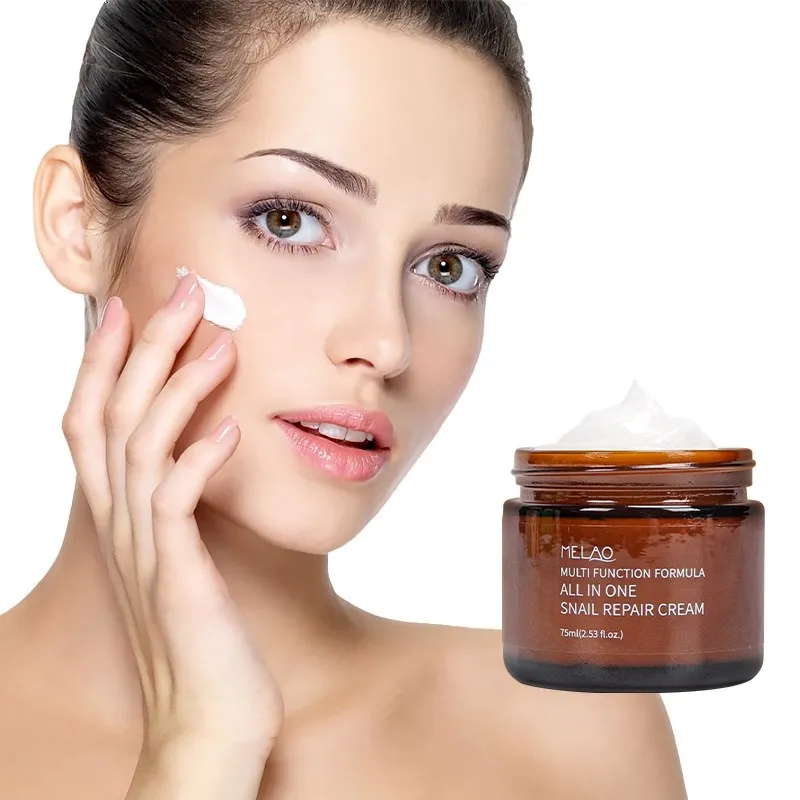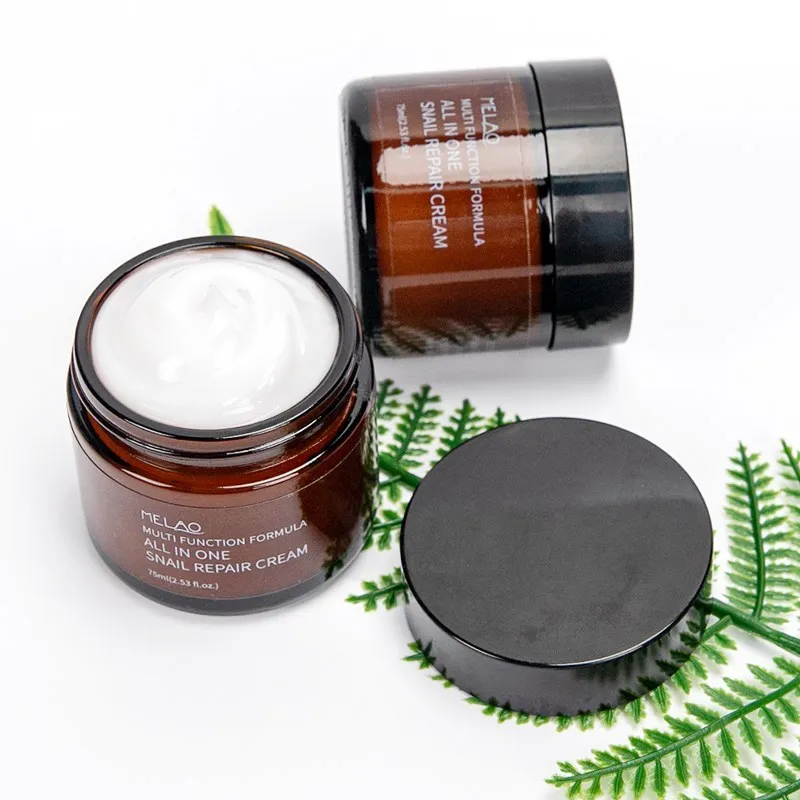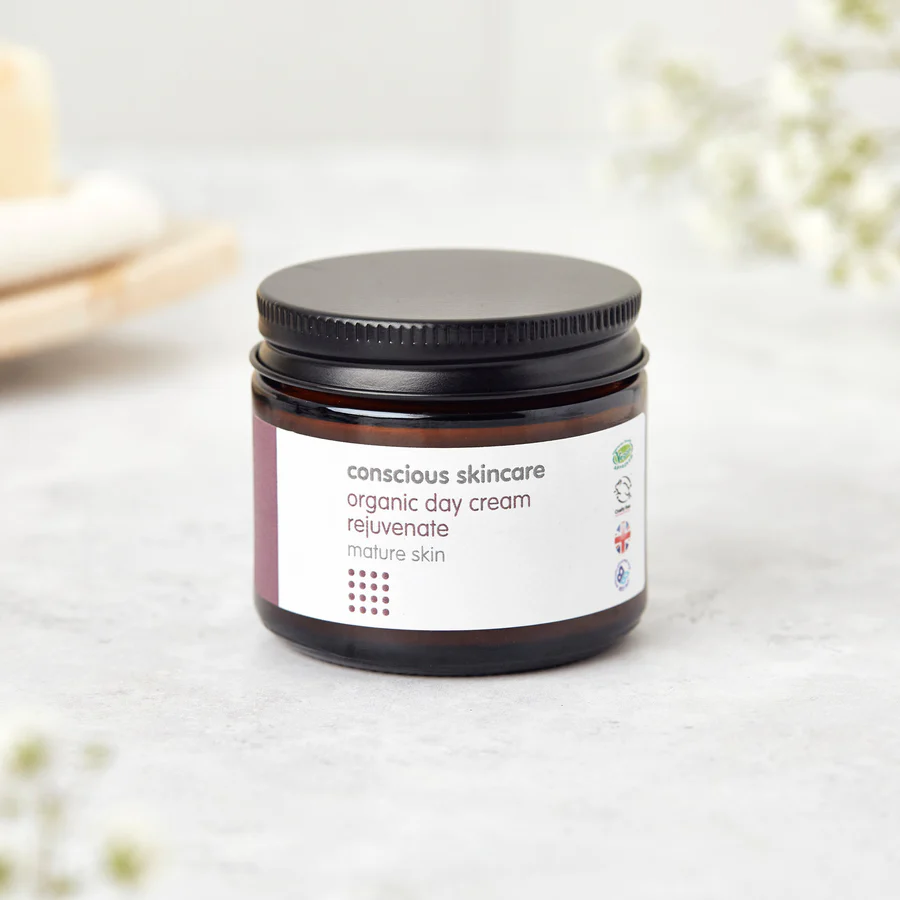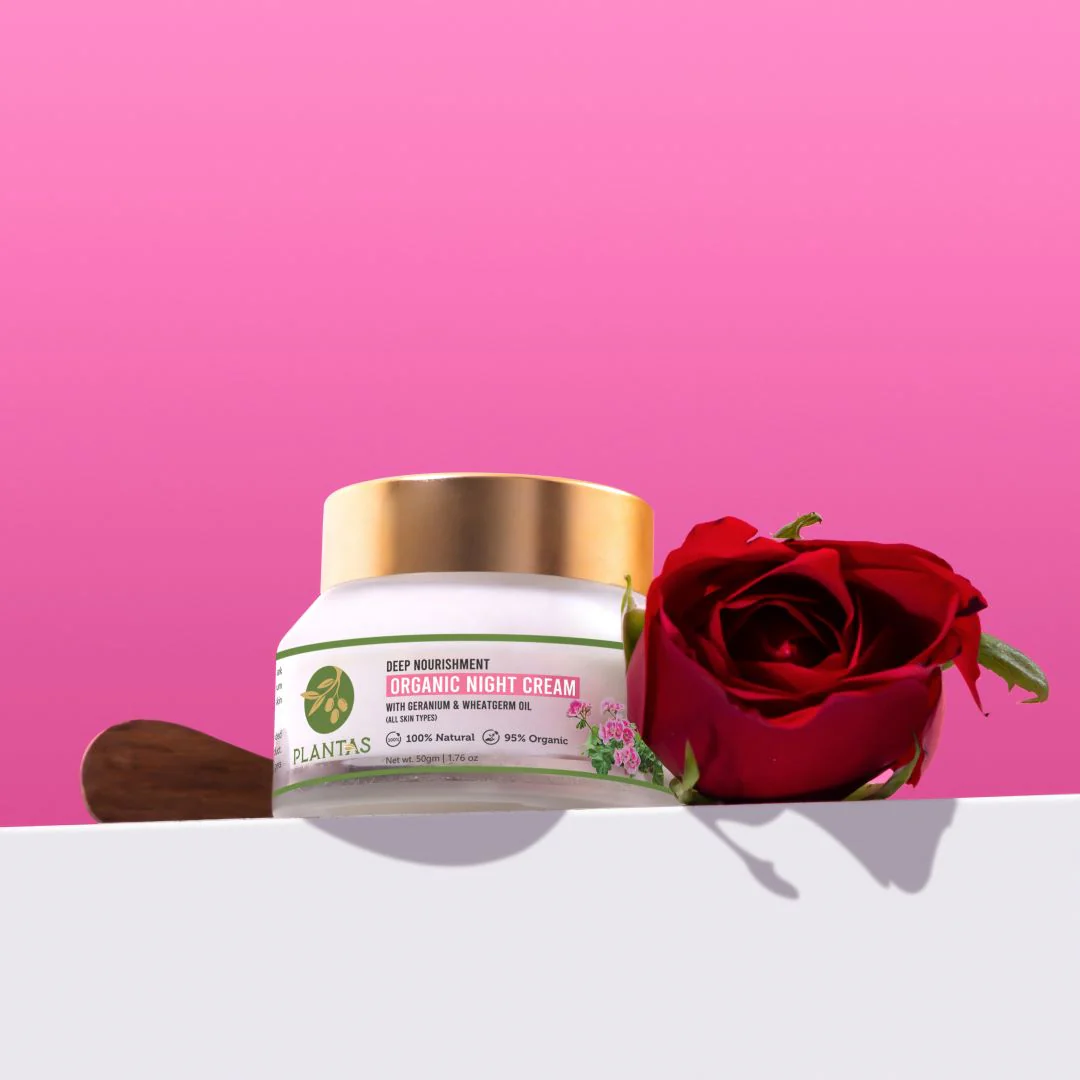
Organic Face Cream: Nurturing Your Skin Naturally
The Rise of Organic Skincare: A Green Revolution
Organic face cream have surged in popularity, marking a significant shift in the skincare industry. This trend reflects a growing consumer preference for natural, environmentally friendly products. Organic skincare eschews synthetic chemicals, opting instead for ingredients derived from nature. These products often contain plant extracts, essential oils, and other naturally sourced components. The appeal of organic face creams lies in their perceived safety and gentleness on the skin. Many users report fewer adverse reactions compared to conventional products. Additionally, organic skincare aligns with eco-conscious lifestyles, appealing to environmentally aware consumers.
The organic beauty market has experienced rapid growth in recent years. This expansion has led to increased availability and diversity of organic face cream options. Brands ranging from small artisanal producers to large cosmetic companies now offer organic lines. As a result, consumers have more choices than ever when selecting organic face creams. However, navigating this burgeoning market requires understanding what truly constitutes “organic” in skincare. Certification standards and labeling practices play crucial roles in identifying genuine organic products. As the organic skincare trend continues to evolve, it promises to reshape the beauty industry landscape.

Understanding Organic Certification: Decoding Labels
Organic certification in skincare ensures products meet specific standards of natural ingredient sourcing and processing. Various organizations worldwide provide organic certification for cosmetic products. In the United States, the USDA organic seal indicates products containing at least 95% organic ingredients. The European Union has its own set of standards for organic and natural cosmetics. Other notable certifications include COSMOS, Ecocert, and NSF. These certifications differ in their specific requirements and allowed ingredients. However, all aim to guarantee the natural origin and purity of skincare products. When shopping for organic face creams, look for these certification logos on product packaging. Be aware that “natural” and “organic” are not interchangeable terms in skincare.
Products labeled “natural” may contain some organic ingredients but don’t meet full organic certification standards. Some brands use terms like “made with organic ingredients” for products with lower organic content. Understanding these distinctions helps consumers make informed choices about their skincare. It’s also important to note that organic certification doesn’t guarantee a product’s effectiveness or safety for all skin types. As with any skincare product, individual results may vary. Nonetheless, organic certification provides assurance of a product’s natural origins and production methods.
Key Ingredients in Organic Face Creams: Nature’s Skincare Arsenal
Organic face creams harness the power of natural ingredients to nourish and protect the skin. Plant oils form the foundation of many organic formulations. Popular choices include jojoba oil, argan oil, and rosehip oil. These oils provide deep hydration and often contain beneficial vitamins and antioxidants. Shea butter and cocoa butter offer rich moisturization, ideal for dry or mature skin types. Essential oils like lavender, chamomile, and tea tree contribute therapeutic properties. However, these potent ingredients require careful use due to potential skin sensitivities. Aloe vera features prominently in organic face creams for its soothing and hydrating effects.
Plant extracts such as green tea, calendula, and witch hazel provide antioxidant and anti-inflammatory benefits. Natural preservatives like rosemary extract or vitamin E oil help maintain product freshness. Some organic face creams incorporate natural clays for gentle exfoliation and detoxification. Hyaluronic acid, while often synthetic, can be naturally derived for use in organic products. This ingredient provides intense hydration by attracting and retaining moisture in the skin. Organic face creams may also contain natural sources of alpha-hydroxy acids (AHAs) for gentle exfoliation. These ingredients work synergistically to address various skin concerns while maintaining the product’s organic integrity.

Benefits of Organic Face Creams: Nurturing Skin and Planet
Organic face creams offer numerous benefits for both skin health and environmental sustainability. These products typically contain higher concentrations of active botanical ingredients. As a result, users often experience improved skin hydration and nourishment. The absence of harsh synthetic chemicals reduces the risk of skin irritation and allergic reactions. This gentler approach makes organic face creams suitable for sensitive skin types. Many organic ingredients possess natural anti-inflammatory and antioxidant properties. These characteristics help combat signs of aging and environmental stress on the skin. Organic face creams often have a lighter texture, allowing the skin to breathe more freely.
This can lead to a healthier, more balanced complexion over time. From an environmental perspective, organic farming practices promote soil and water conservation. They also reduce pollution and energy consumption compared to conventional agriculture. Many organic skincare brands emphasize sustainable packaging, further reducing environmental impact. By choosing organic face creams, consumers support eco-friendly agricultural practices. This choice contributes to the overall health of the planet and its ecosystems. Additionally, organic face creams are often cruelty-free, aligning with ethical consumer values. While individual results may vary, many users report improved skin texture and appearance with consistent use of organic face creams.
Potential Drawbacks: Considering the Limitations
Despite their benefits, organic face creams have some potential drawbacks to consider. These products often come with a higher price tag compared to conventional alternatives. The cost reflects the expense of organic farming and certification processes. Organic face creams may have a shorter shelf life due to the absence of synthetic preservatives. This can lead to more frequent product replacement and potential waste. Some users find that organic formulations feel heavier on the skin than their conventional counterparts. This texture difference may not suit all skin types or personal preferences. The efficacy of organic face creams can vary widely between brands and formulations. Finding the right product may require more trial and error than with conventional skincare.
Organic ingredients, while natural, can still cause allergic reactions in some individuals. Essential oils, in particular, may irritate sensitive skin if not properly diluted. The limited use of preservatives in organic products can increase the risk of bacterial contamination. Proper storage and hygiene practices become crucial when using these creams. Some organic face creams may not offer the same level of sun protection as conventional products. This necessitates the use of additional sunscreen for adequate UV protection. While organic certification ensures natural sourcing, it doesn’t guarantee superior performance. Users should manage their expectations regarding dramatic or rapid skin transformations. Despite these considerations, many consumers find the benefits of organic face creams outweigh the potential drawbacks.

Choosing the Right Organic Face Cream: Factors to Consider
Selecting the ideal organic face cream involves considering several key factors. First, identify your specific skin type and concerns. Oily skin benefits from lighter, non-comedogenic formulations. Dry skin requires richer creams with intense moisturizing properties. Those with sensitive skin should look for hypoallergenic options with minimal ingredients. Consider the climate and season when choosing an organic face cream. Humid environments call for lighter textures, while dry climates necessitate more emollient formulas. Read ingredient lists carefully to ensure the product addresses your primary skin concerns. Look for organic certifications to verify the product’s natural and organic claims.
Consider the brand’s reputation and user reviews for insights into product efficacy. The texture and scent of the cream should align with your personal preferences. Some organic face creams have strong natural fragrances that may not appeal to everyone. Consider whether you need separate day and night creams or prefer an all-in-one solution. Check if the organic face cream offers any sun protection for daytime use. If not, plan to layer it with a natural sunscreen. Consider the packaging of the product, prioritizing options that maintain ingredient freshness. Glass containers or airless pumps help preserve the integrity of organic formulations. By carefully weighing these factors, you can select an organic face cream that best suits your needs and values.
Application Tips: Maximizing the Benefits of Organic Face Creams
Proper application techniques enhance the efficacy of organic face creams. Start with clean, slightly damp skin to maximize absorption. Use gentle, upward motions to apply the cream, avoiding tugging or stretching the skin. A little goes a long way with many organic formulations, so start with a small amount. Warm the cream between your fingertips before applying to aid in even distribution. Pay extra attention to dry areas or specific concern zones on your face. For daytime use, allow the cream to fully absorb before applying makeup. This prevents pilling and ensures proper product layering. Consider using a facial massage technique to boost circulation and product penetration.
At night, you may apply a slightly thicker layer for intense overnight nourishment. Be consistent with your application routine for best results. Most skincare experts recommend using face cream twice daily, morning and night. If using multiple organic skincare products, apply them in order of thinnest to thickest consistency. This allows each product to penetrate effectively. When introducing a new organic face cream, perform a patch test to check for any adverse reactions. Be patient, as natural ingredients may take longer to show visible results compared to synthetic alternatives. Remember that skincare is not one-size-fits-all, so adjust your routine as needed based on your skin’s response.
DIY Organic Face Creams: Crafting Natural Skincare at Home
For those inclined towards a hands-on approach, creating DIY organic face creams offers a personalized skincare experience. This method allows complete control over ingredients and formulations. Start with a base of organic carrier oils like jojoba, almond, or coconut oil. Add natural butters such as shea or cocoa for rich texture and moisturizing properties. Incorporate essential oils for fragrance and additional skincare benefits. However, use essential oils sparingly and research proper dilution ratios to avoid skin irritation. Natural preservatives like vitamin E oil help extend the shelf life of homemade creams. Consider adding organic aloe vera gel for its soothing and hydrating properties.
Emulsifying wax derived from natural sources helps blend oil and water-based ingredients. For anti-aging benefits, consider adding organic rosehip oil or sea buckthorn oil. These oils are rich in vitamins and antioxidants beneficial for skin health. When making DIY organic face creams, maintain strict hygiene to prevent contamination. Use sterilized tools and containers to ensure product safety. Keep in mind that homemade creams typically have a shorter shelf life than commercial products. Store DIY creams in a cool, dark place and watch for any changes in color, smell, or texture. While rewarding, creating effective and safe organic face creams requires research and careful formulation.

The Future of Organic Skincare: Trends and Innovations
The organic skincare industry continues to evolve, driven by consumer demand and technological advancements. Expect to see more innovative organic ingredients hitting the market. Researchers are exploring new plant extracts and natural compounds for skincare benefits. Sustainable packaging solutions will likely become more prevalent in organic skincare lines. Brands may adopt refillable containers or biodegradable packaging to reduce environmental impact. Personalization in organic skincare is an emerging trend to watch. Some companies now offer customized organic face creams based on individual skin assessments.
Advanced extraction techniques may lead to more potent and effective organic ingredients. This could narrow the performance gap between organic and conventional skincare products. The integration of technology in organic skincare is another area of potential growth. Apps that track skin health and recommend organic products could become more common. As global organic standards continue to develop, expect more unified certification processes. This could simplify the process of identifying genuine organic skincare products for consumers. The rise of “clean beauty” may further influence the organic skincare market. This movement emphasizes safety and transparency in addition to natural sourcing. Climate change may impact the availability and cost of certain organic ingredients. This could drive innovation in ingredient sourcing and formulation techniques. As research in natural compounds advances, organic face creams may offer more targeted solutions for specific skin concerns.
Making the Switch: Transitioning to Organic Face Creams
Transitioning to organic face creams requires a thoughtful approach to ensure the best results for your skin. Start by gradually introducing organic products into your existing skincare routine. This allows your skin to adjust and helps identify any potential sensitivities. Begin with a basic organic face cream and observe how your skin responds over several weeks. If your skin reacts positively, gradually replace other skincare products with organic alternatives. Be prepared for a potential “detox” period as your skin adjusts to natural ingredients. This may involve temporary changes in skin texture or minor breakouts. Stay consistent with your new routine, giving your skin time to adapt to the organic formulations.
Keep a skincare journal to track changes in your skin’s appearance and feel. This can help you identify which organic ingredients work best for your skin type. Don’t hesitate to consult with a dermatologist or skincare professional during the transition. They can provide guidance tailored to your specific skin needs and concerns. Remember that finding the right organic face cream may involve some trial and error. Be patient and willing to experiment with different products to find your perfect match. As you make the switch, educate yourself about organic skincare ingredients and their benefits. This knowledge will help you make informed choices about your skincare routine. Ultimately, transitioning to organic face creams is a personal journey that can lead to healthier, more radiant skin.

